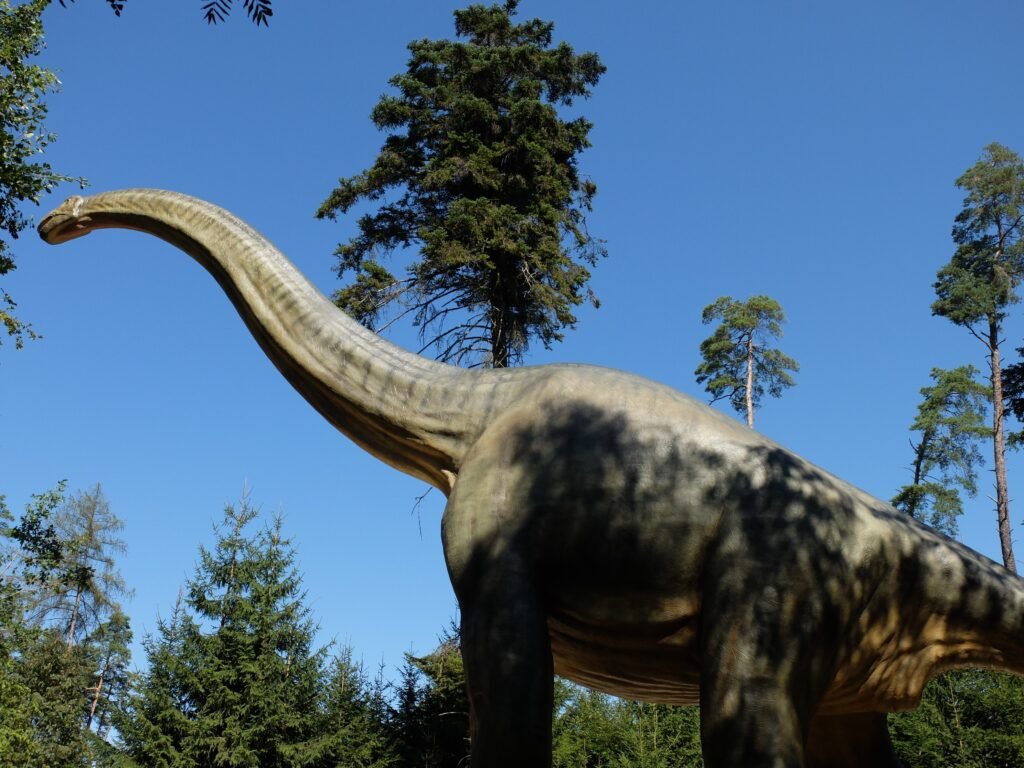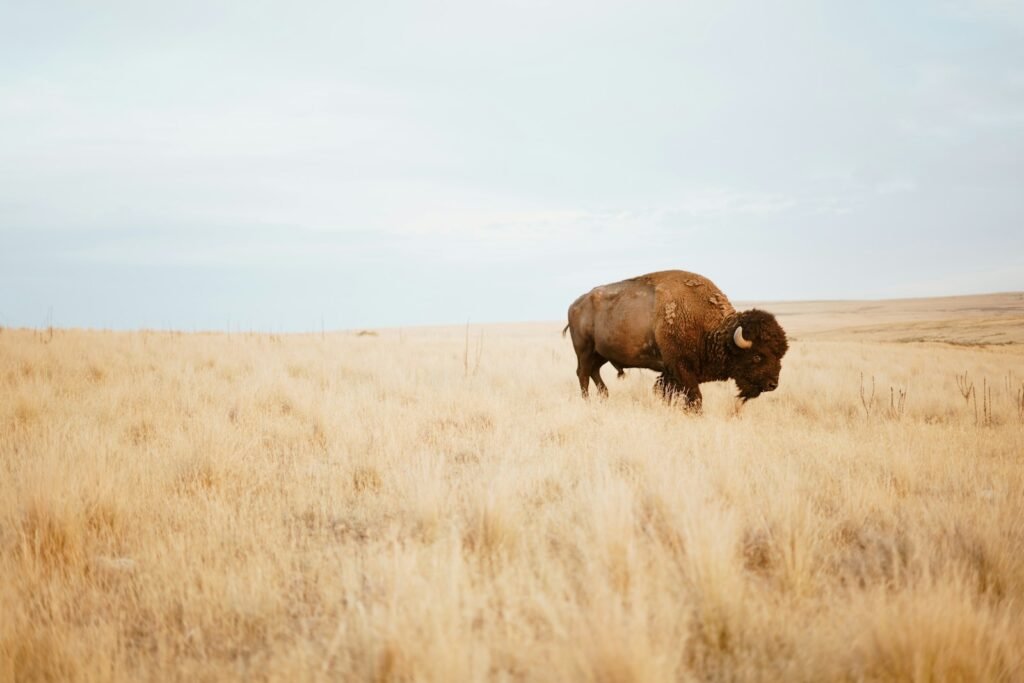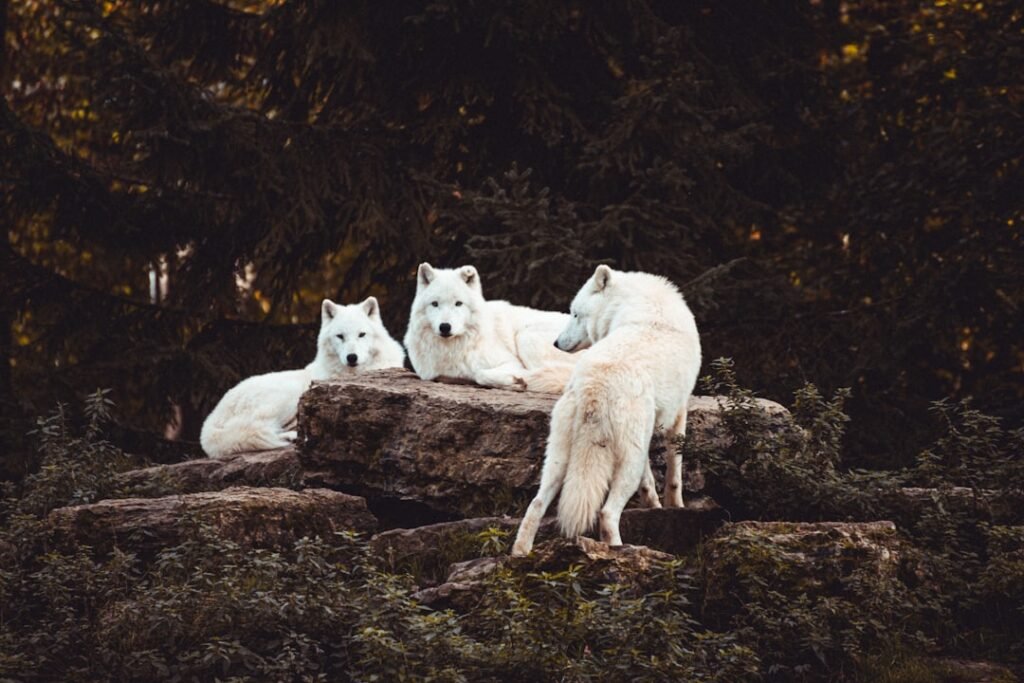Imagine standing next to your school bus and looking up, way up, to see the head of a dinosaur peeking over the top. That’s just the beginning of understanding how massive these incredible creatures really were. When we talk about dinosaur size with little ones, we’re not just sharing numbers – we’re opening a window to a world where animals were so big they could have used trees as toothpicks and rivers as bathtubs.
The Tiniest Dinosaurs Were Smaller Than Your Pet Cat
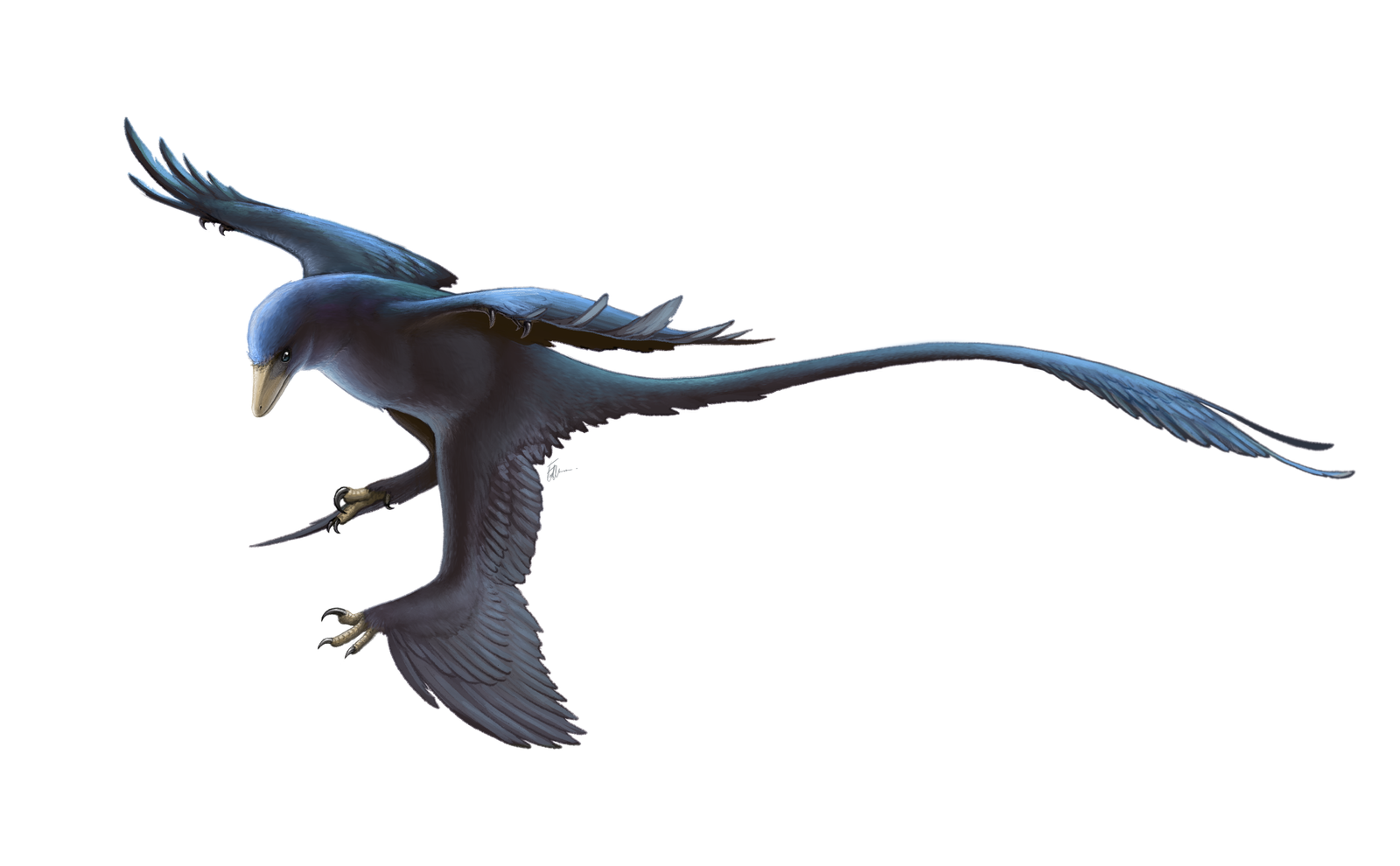
Not all dinosaurs were giants stomping around like movie monsters. Some of the smallest dinosaurs, like Microraptor, were about the size of a crow and weighed less than two pounds. Picture a dinosaur that could perch on your shoulder like a parrot – that’s how small some of them were! These tiny dinosaurs had feathers and could glide from tree to tree, making them look more like flying squirrels than the scary reptiles we see in movies. The smallest dinosaur ever discovered, called Fruitadens, was only about the size of a chipmunk and probably ate seeds and small insects. When kids think all dinosaurs were huge, they’re missing out on these adorable pocket-sized prehistoric creatures.
School Bus Dinosaurs That Ruled the Playground
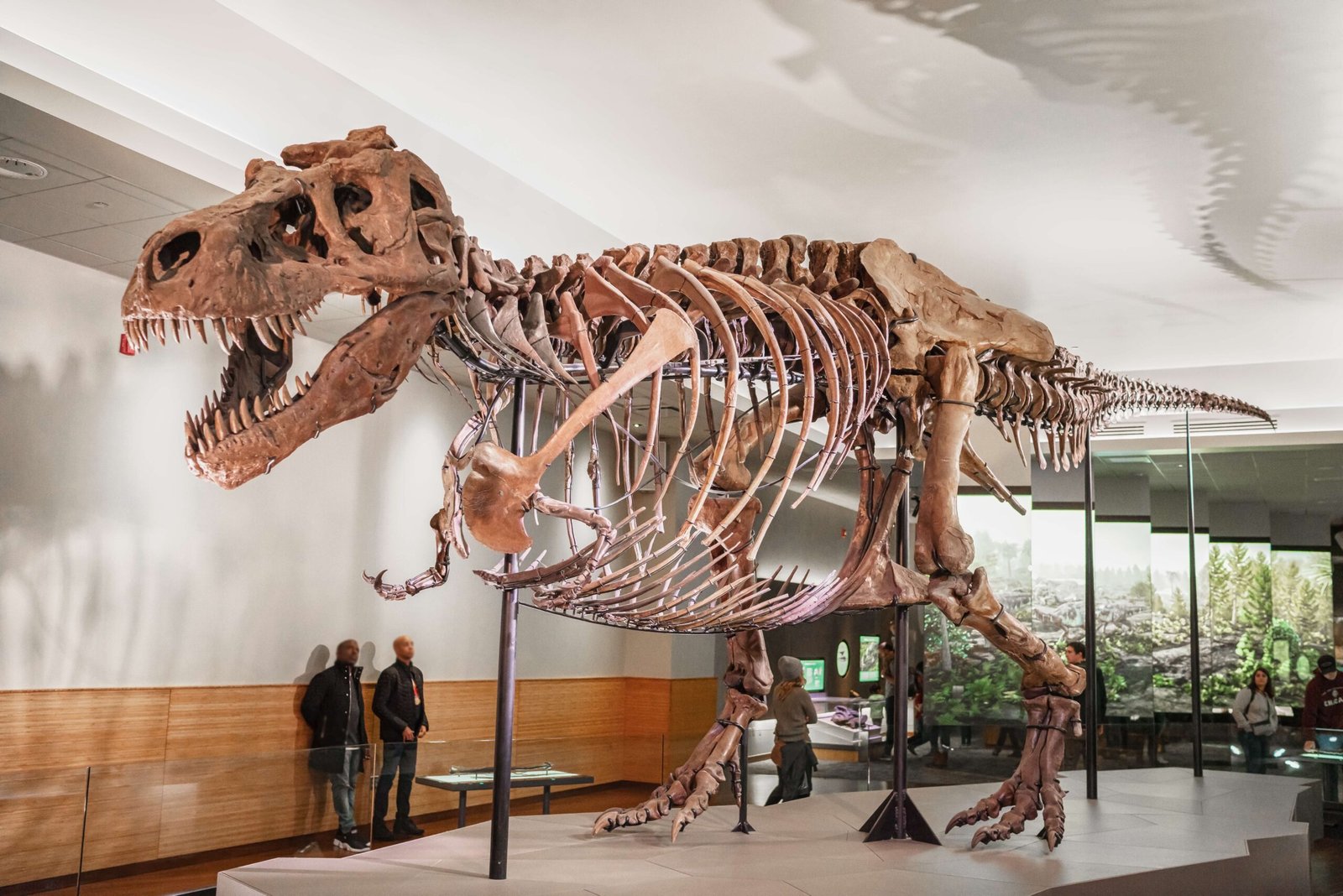
The most famous giant dinosaur, Tyrannosaurus Rex, was about as long as a school bus – that’s 40 feet from nose to tail! If T-Rex were still around today, it could look into second-story windows without stretching its neck. Its head alone was bigger than a bathtub, with teeth as long as bananas. When you’re walking to school and see that big yellow bus, imagine a T-Rex running alongside it – they’d be neck and neck in a race. These massive predators weighed as much as a large truck, around 15,000 pounds, which means it would take about 150 kids to equal one T-Rex on a scale.
Dinosaurs That Could Peek Over Your House

Brachiosaurus was so tall it could have looked over most houses without even trying. Standing at about 40 feet tall, this gentle giant was like a living, breathing watchtower with a long neck that worked like a natural crane. If Brachiosaurus lived in your neighborhood today, it could munch on leaves from the tallest trees while its feet stayed firmly planted on the ground. Its neck was longer than a telephone pole and stronger than any construction crane. Picture trying to give this dinosaur a high-five – you’d need a really tall ladder! These amazing creatures spent their days like living skyscrapers, reaching heights that made them the tallest animals that ever walked on Earth.
The Longest Dinosaurs Could Stretch Across a Football Field
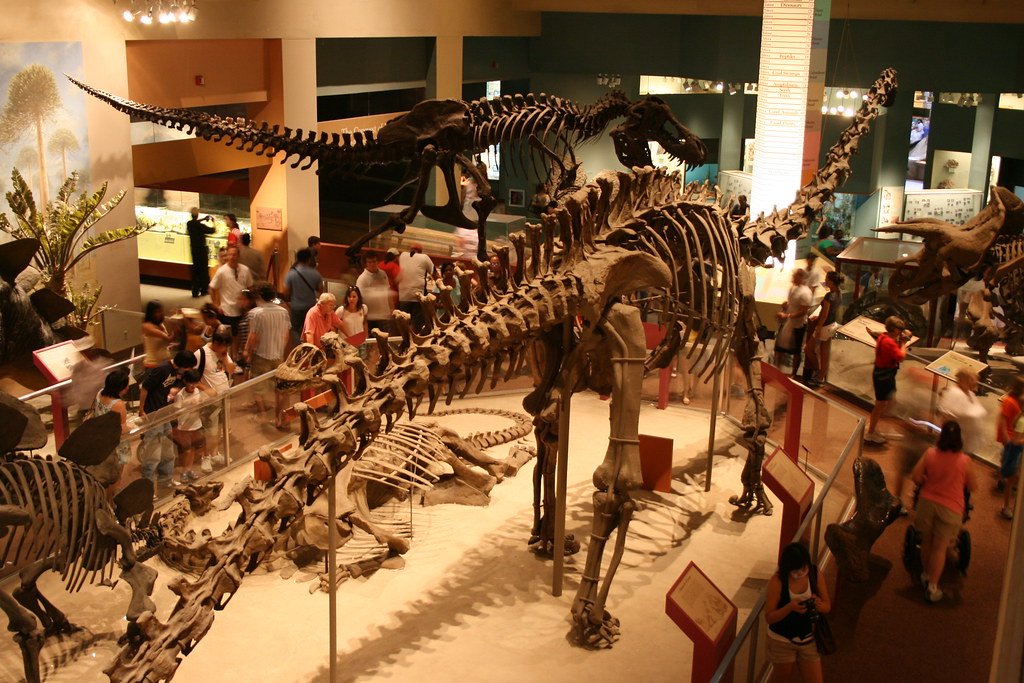
Some dinosaurs were so incredibly long they could have stretched from one end of a football field almost to the other end. Diplodocus, one of the longest dinosaurs, measured about 90 feet from head to tail – imagine laying nine school buses end to end! If this dinosaur decided to take a nap in your backyard, its tail would be in your neighbor’s yard and its head would be in the neighbor’s yard on the other side. The longest dinosaur ever discovered might have been Amphicoelias, which scientists think could have been over 100 feet long. These super-long dinosaurs were like living trains, moving slowly across the ancient landscape and leaving footprints the size of kiddie pools. Their tails were so long they probably used them like whips to defend themselves from predators.
Dinosaur Feet That Made Craters
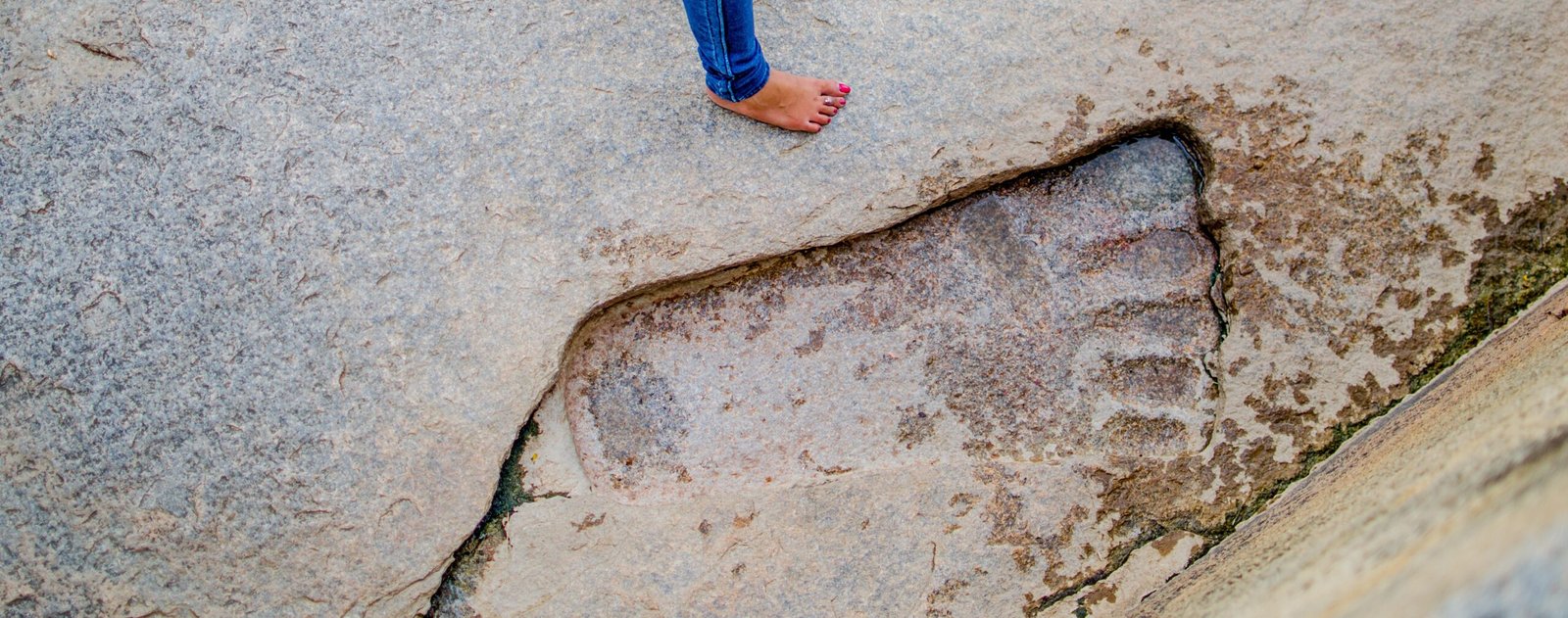
When big dinosaurs walked, their footprints were so huge they looked like small ponds. A large sauropod’s footprint was bigger than a bathtub and deep enough for a small child to sit in comfortably. These massive feet had to support bodies that weighed as much as several elephants stacked on top of each other. Scientists have found dinosaur trackways where you can see exactly where these giants walked millions of years ago, and the footprints are still there today! Some dinosaur feet were over three feet long and two feet wide – imagine trying to find shoes that big at the store. When it rained, these footprints would fill up with water and become perfect little ponds for smaller animals to drink from.
Baby Dinosaurs Started Smaller Than You
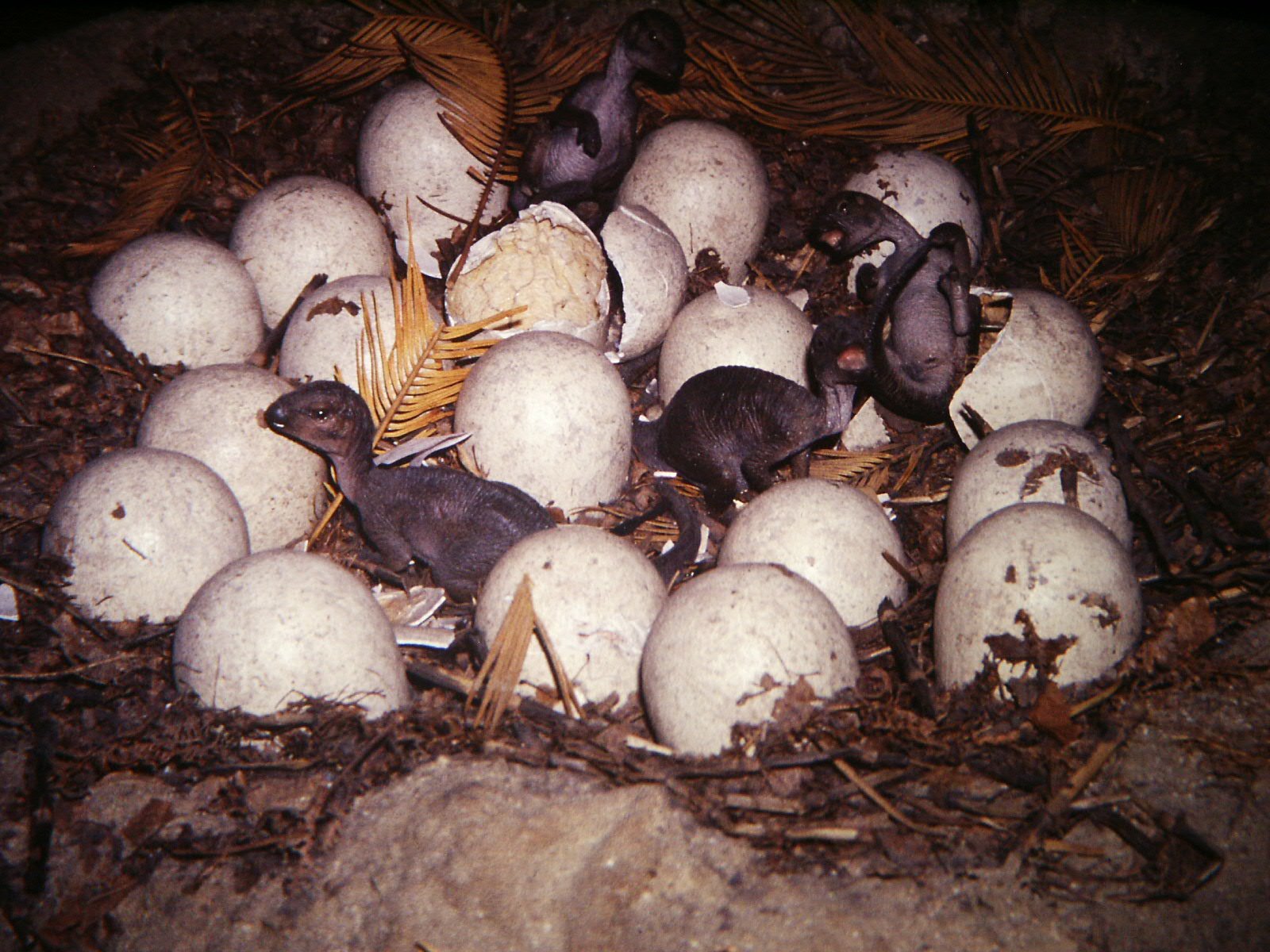
Even the biggest dinosaurs started out incredibly small – some were no bigger than a chicken when they hatched from their eggs. A baby Tyrannosaurus Rex was about the size of a small dog when it first broke out of its shell, covered in fluffy feathers like a giant chick. These tiny babies had to grow incredibly fast to reach their massive adult size, sometimes gaining hundreds of pounds each year. It’s amazing to think that something small enough to hold in your arms could grow up to be larger than a house! Baby dinosaurs probably stayed close to their parents for protection, hiding behind legs that were taller than trees. The journey from tiny hatchling to massive adult was like watching a puppy grow up to be the size of a building.
Dinosaur Heads That Were Bigger Than Cars
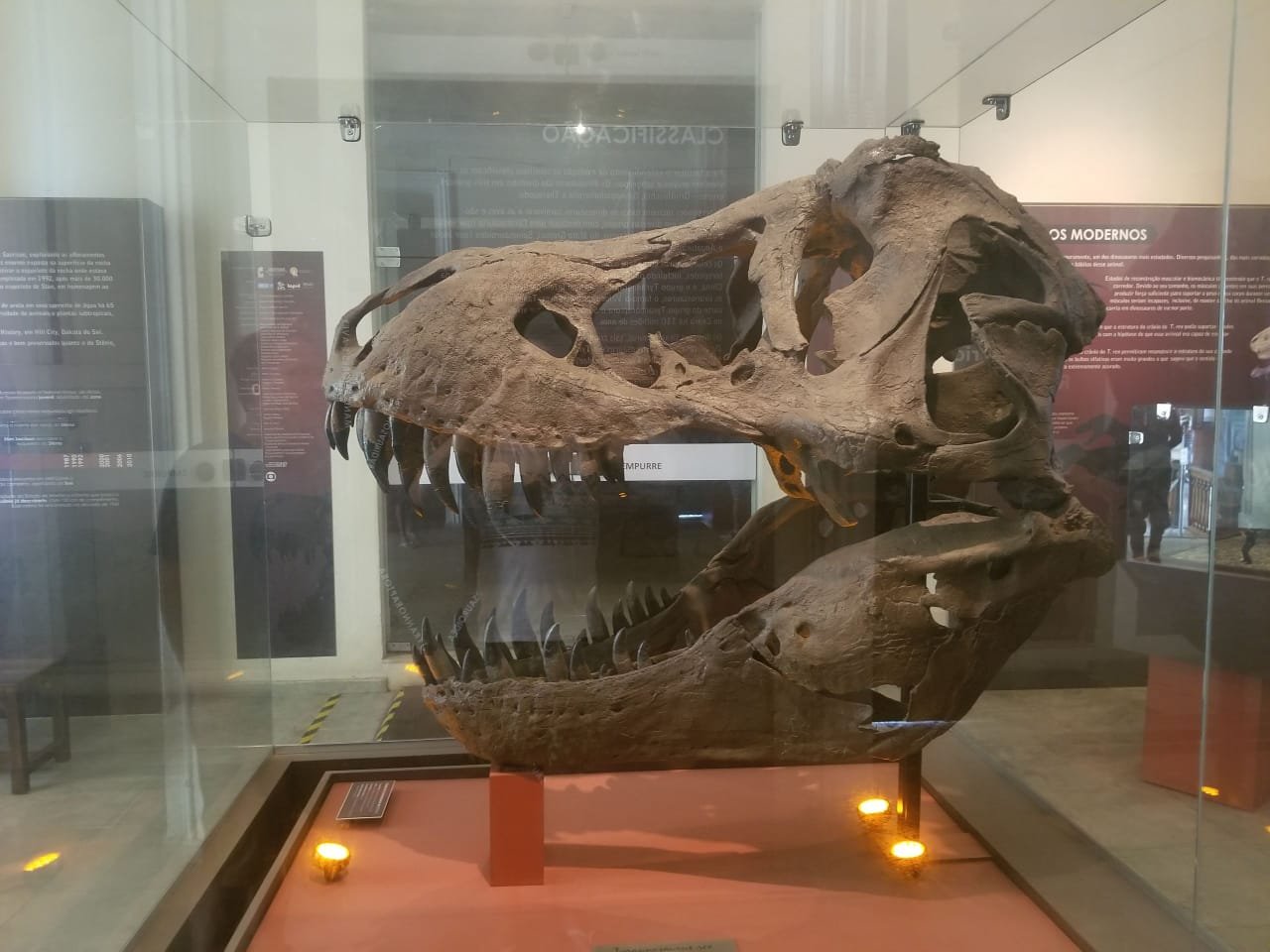
Some dinosaur heads were so enormous they wouldn’t fit through your front door – they were literally bigger than small cars! The skull of a Triceratops was over 8 feet long and came equipped with three massive horns that were longer than baseball bats. Imagine trying to brush the teeth of a dinosaur whose mouth was bigger than your bedroom – you’d need a ladder and a really big toothbrush! These giant heads weren’t just for show; they housed powerful jaw muscles that could crunch through tree trunks like we bite through carrots. Some plant-eating dinosaurs had skulls so thick and strong they could have been used as battering rams. When these dinosaurs nodded their heads, it was like watching a small building move up and down.
Comparing Dinosaurs to Modern Animals We Know
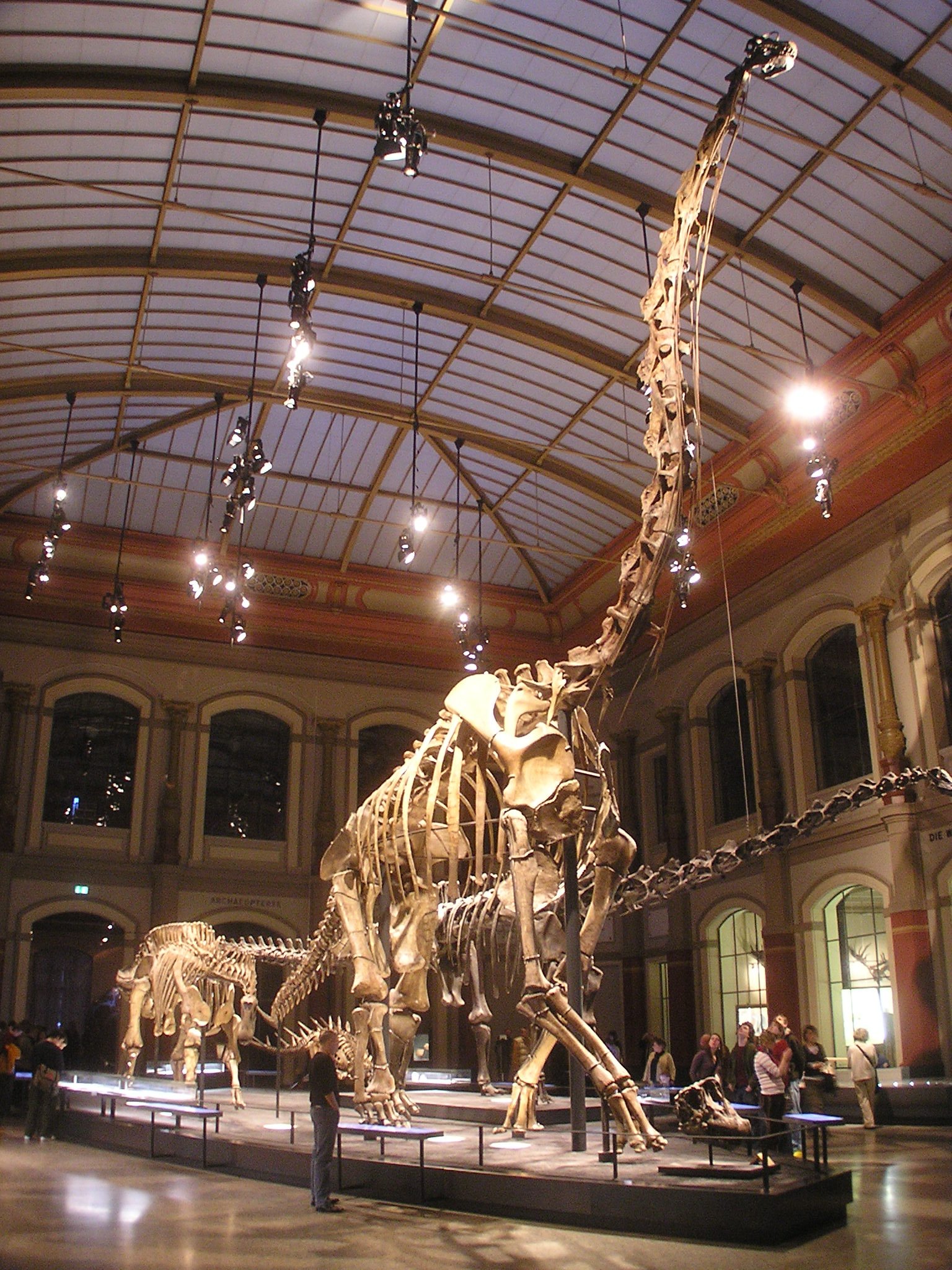
To really understand how big dinosaurs were, let’s compare them to animals we see today. An elephant, which seems huge to us, would look like a pet dog next to a Brachiosaurus. A giraffe, the tallest animal alive today, would barely reach the belly of some long-necked dinosaurs. Even the biggest whale in the ocean today, the Blue Whale, was only slightly longer than the longest dinosaurs – and that’s swimming in water where weight doesn’t matter as much! A rhinoceros, which weighs about 5,000 pounds and seems incredibly strong, weighed less than a third of what a T-Rex weighed. If we put all the big animals from today’s world together in a zoo, the dinosaurs would still be the main attraction because of their incredible size.
Dinosaur Tails That Worked Like Extra Arms
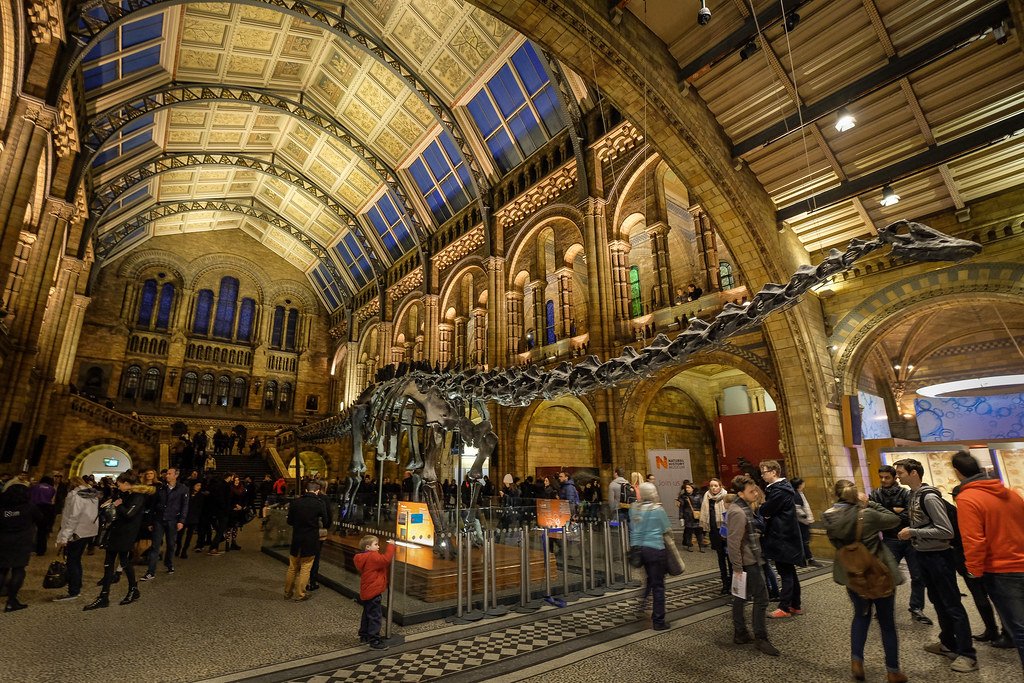
Many dinosaurs had tails so long and strong they were like having an extra arm that never got tired. Some dinosaur tails were over 50 feet long – longer than most swimming pools! These tails weren’t just for decoration; they helped the dinosaurs balance their enormous bodies and could be used as weapons against enemies. Imagine having a tail so powerful you could knock down trees with it – that’s what some dinosaurs could do. The tail of a Diplodocus was like a giant whip that could move faster than the eye could see. Some dinosaur tails had spikes or clubs at the end, making them into living medieval weapons that could defend against any predator brave enough to attack.
How Dinosaurs Fit Through Doors (Spoiler: They Didn’t)

If dinosaurs were alive today, most of them couldn’t fit through any door in your house – not even the garage door! A T-Rex would have to crawl on its belly to get through most doorways, and even then, its massive head might get stuck. The biggest dinosaurs would need doors as tall as two-story buildings just to walk through without bumping their heads. Imagine if your pet dog was suddenly the size of a dinosaur – you’d have to tear down walls just to let it outside! Even medium-sized dinosaurs would need specially built doorways, like the ones they make for moving large furniture. This gives us a funny picture of what the world would look like if we had to build everything dinosaur-sized.
Dinosaur Hearts That Pumped Like Fire Engines

The hearts of large dinosaurs had to be incredibly powerful to pump blood all the way up those long necks to their tiny heads. A Brachiosaurus heart was probably as big as a refrigerator and had to work like a fire engine pump to send blood 40 feet up to its brain! Scientists think these giant hearts beat much slower than ours – maybe only 20 times per minute compared to our 70 beats per minute. The blood vessels in a dinosaur’s neck were probably as thick as garden hoses to carry enough blood to keep that huge body working. Imagine if your heart had to pump blood up to the ceiling – that’s the challenge these dinosaurs faced every single day. Their hearts were so strong they could probably pump water from the first floor of a building all the way to the roof!
Dinosaur Food Portions That Would Empty Grocery Stores

Big dinosaurs needed enormous amounts of food every single day – enough to empty several grocery stores! A large plant-eating dinosaur like Brachiosaurus probably ate over 400 pounds of plants daily, which is like eating 1,600 hamburgers worth of vegetation. They spent almost their entire day just eating because they needed so much food to keep their massive bodies running. Imagine if you had to eat non-stop from the moment you woke up until you went to bed – that’s what life was like for these giants. Meat-eating dinosaurs like T-Rex could eat up to 500 pounds of meat in one meal, which is like eating 2,000 hot dogs at once! These dinosaurs were like living garbage disposals that never got full.
How Many Kids Would Equal One Dinosaur
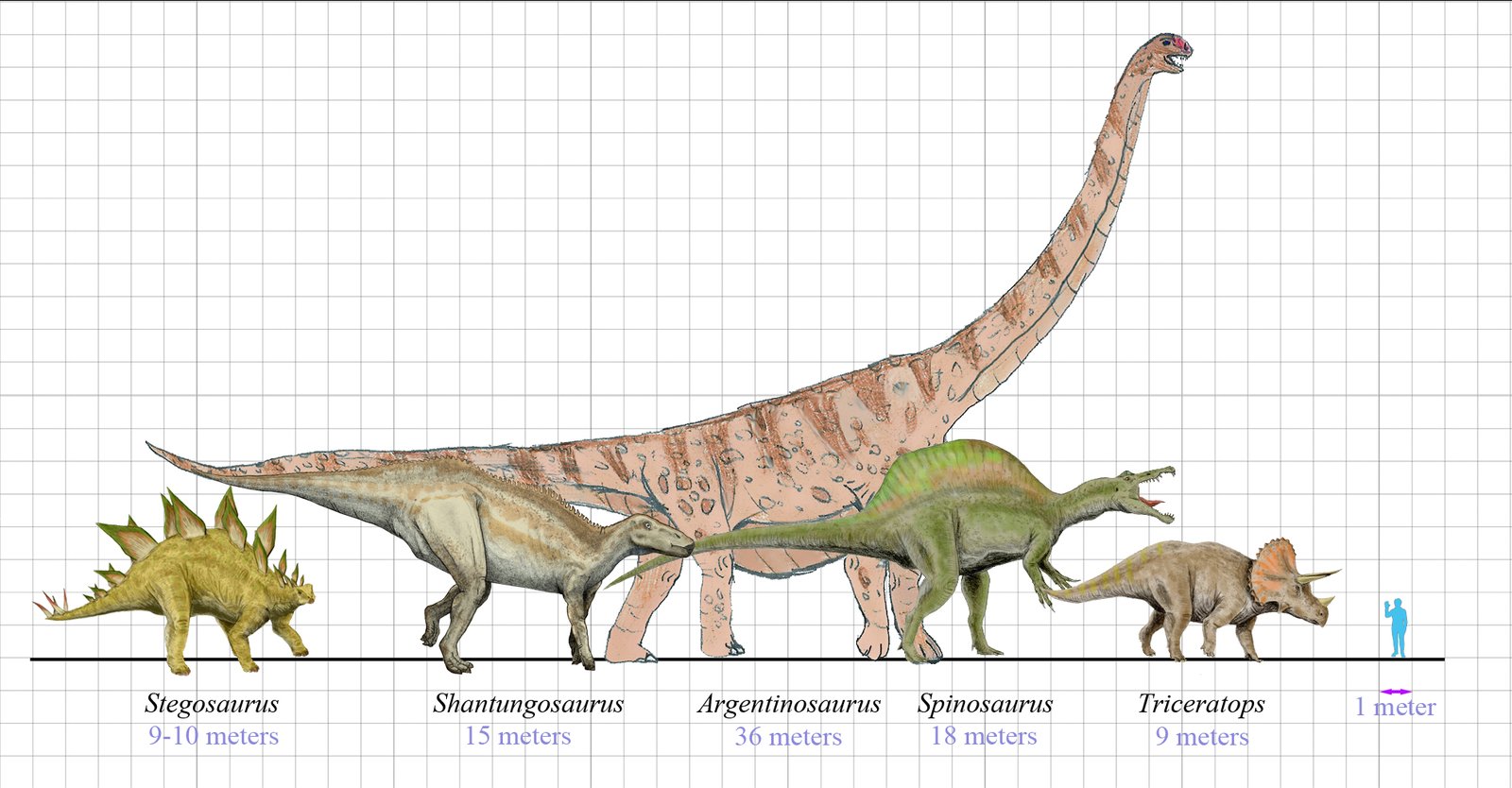
Let’s put dinosaur weight into kid terms – how many children would it take to equal one dinosaur on a giant scale? A medium-sized dinosaur like Allosaurus weighed about 4,000 pounds, which means it would take about 65 kids weighing 60 pounds each to balance the scale. For a massive Brachiosaurus weighing 80,000 pounds, you’d need over 1,300 kids on the other side of the scale! Even a “small” dinosaur like Compsognathus would equal about two or three kids in weight. If your entire school, including all the students and teachers, got on one side of a giant scale, a large dinosaur might still be heavier than all of you combined. This helps us understand that dinosaurs weren’t just big – they were incredibly, amazingly, mind-blowingly heavy!
Dinosaur Bones That Built Natural Bridges

Individual dinosaur bones were so large that some of them were bigger than entire human skeletons. The thigh bone of a large sauropod was taller than most adults and so thick that several people holding hands couldn’t wrap their arms around it. Some dinosaur ribs were longer than canoe paddles and strong enough to use as actual building materials. The backbone of a large dinosaur was made up of individual vertebrae that were each the size of tree stumps. If you collected all the bones from one giant dinosaur, you could probably build a small bridge with them! These massive bones had to be incredibly strong to support bodies that weighed more than loaded trucks, and they were filled with air pockets to make them lighter – like natural engineering marvels.
The Smallest and Biggest Dinosaur Eggs

Dinosaur eggs came in all sizes, from tiny ones smaller than ping pong balls to giants bigger than footballs. The smallest dinosaur eggs, from tiny dinosaurs like Mussaurus, were about the size of grapes and could easily fit in your pocket. On the other end of the scale, the largest dinosaur eggs found so far were about 18 inches long – imagine trying to make scrambled eggs from those! What’s really amazing is that even the biggest dinosaurs didn’t always lay the biggest eggs; sometimes medium-sized dinosaurs laid eggs almost as large as the giants. Scientists think this is because baby dinosaurs had to be small enough to actually break out of their shells when they hatched. If you found a dinosaur egg today, you’d probably think someone lost a really weird football in the woods!
Dinosaur Speeds That Would Win Olympic Races

Despite their enormous size, many dinosaurs could run surprisingly fast – some could even beat the fastest human runners! Small, quick dinosaurs like Compsognathus could probably run over 40 miles per hour, which is faster than cars drive through neighborhoods. Even some of the bigger dinosaurs, like certain types of T-Rex, might have been able to run 25 miles per hour – that’s faster than most people can ride a bicycle! The really huge dinosaurs like Brachiosaurus were slower, probably walking at about the same speed as a person taking a leisurely stroll through the park. Imagine being chased by a chicken-sized dinosaur that could outrun a car, or trying to keep up with a house-sized dinosaur that moved as fast as you could jog. The variety in dinosaur speeds was just as amazing as the variety in their sizes!
How Dinosaur Size Helped Them Survive

Being big wasn’t just about showing off – dinosaur size was actually a survival tool that helped them live in a dangerous world. Large plant-eating dinosaurs were so big that most predators couldn’t hurt them, kind of like how elephants today don’t worry much about being attacked by lions. Their long necks let them eat leaves that other animals couldn’t reach, giving them their own private food supply high up in the trees. Small dinosaurs had their own advantages too – they could hide in places where big dinosaurs couldn’t fit and needed much less food to survive. Some dinosaurs grew spikes, clubs, and armor as they got bigger, turning their bodies into living fortresses. Size was like a superpower that each dinosaur used in its own special way to thrive in the prehistoric world.
What If Dinosaurs Lived in Our World Today

If dinosaurs were still alive today, our world would look completely different – we’d have to rebuild everything to accommodate creatures the size of buildings! Roads would need to be much wider to let the big dinosaurs pass through, and bridges would have to be incredibly strong to hold their weight. Parking lots would need spaces big enough for creatures longer than trucks, and drive-through restaurants would need much taller windows. We’d probably need special dinosaur crossing signs on highways, just like we have deer crossing signs now. The biggest dinosaurs would need their own special elevators to get to higher floors in buildings, and swimming pools would have to be as deep as lakes. Our whole world would become a dinosaur-sized playground where everything was built for giants and tiny creatures alike.
Understanding dinosaur size opens our minds to just how incredible and diverse life on Earth used to be. From creatures smaller than house cats to giants that dwarfed school buses, dinosaurs came in every size imaginable. They teach us that being different sizes helped animals survive in their own unique ways, whether through speed, strength, or stealth. The next time you see a big dog or look up at a tall building, remember that millions of years ago, animals even bigger than that were walking around on our planet. Isn’t it amazing to think about what other incredible creatures might have existed that we haven’t discovered yet?

